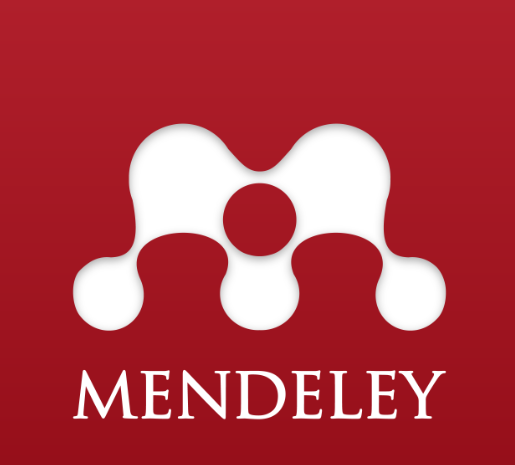GAYA HIDUP PENGGUNA TELEPON SELULER BLACKBERRY
DOI:
https://doi.org/10.22219/jmb.v1i2.1329Abstract
Fakultas Ekonomi dan Bisnis, Universitas Muhammadiyah Malang
E-mail: dwisusanti39@yahoo.com
ABSTRACT
This paper explains the lifestyle of the Blackberry mobile phone users. Analysis tool used Cluster
Analysis. Its using two assumptions as the benchmark of a good cluster that is to have an internal
homogeneity (within clusters); the similarities between member in one cluster and external heterogeneity
(the between clusters), i.e. the difference between a single cluster with the other clusters. Analysis
lifestyle Blackberry cell phone users conducted on students at Muhammadiyah University of
Malang used questionnaires. The results shows three lifestyle groups, namely fulfilled, believer and
maker groups. Based on those results, it can be used as a guidance for performing the segmentation
into marketers, especially marketers of Blackberry mobile phones.
Keywords: lifestyle, cluster analysis, fulfilled, believer, maker
Downloads
Downloads
Published
Issue
Section
License
Authors who publish with this journal agree to the following terms:
- Authors retain copyright and grant the journal right of first publication with the work simultaneously licensed under a Creative Commons Attribution-ShareAlike 4.0 International License that allows others to share the work with an acknowledgment of the work's authorship and initial publication in this journal.
- Authors are able to enter into separate, additional contractual arrangements for the non-exclusive distribution of the journal's published version of the work (e.g., post it to an institutional repository or publish it in a book), with an acknowledgment of its initial publication in this journal.
- Authors are permitted and encouraged to post their work online (e.g., in institutional repositories or on their website) prior to and during the submission process, as it can lead to productive exchanges, as well as earlier and greater citation of published work (See The Effect of Open Access).

This work is licensed under a Creative Commons Attribution-ShareAlike 4.0 International License.





71.png)





